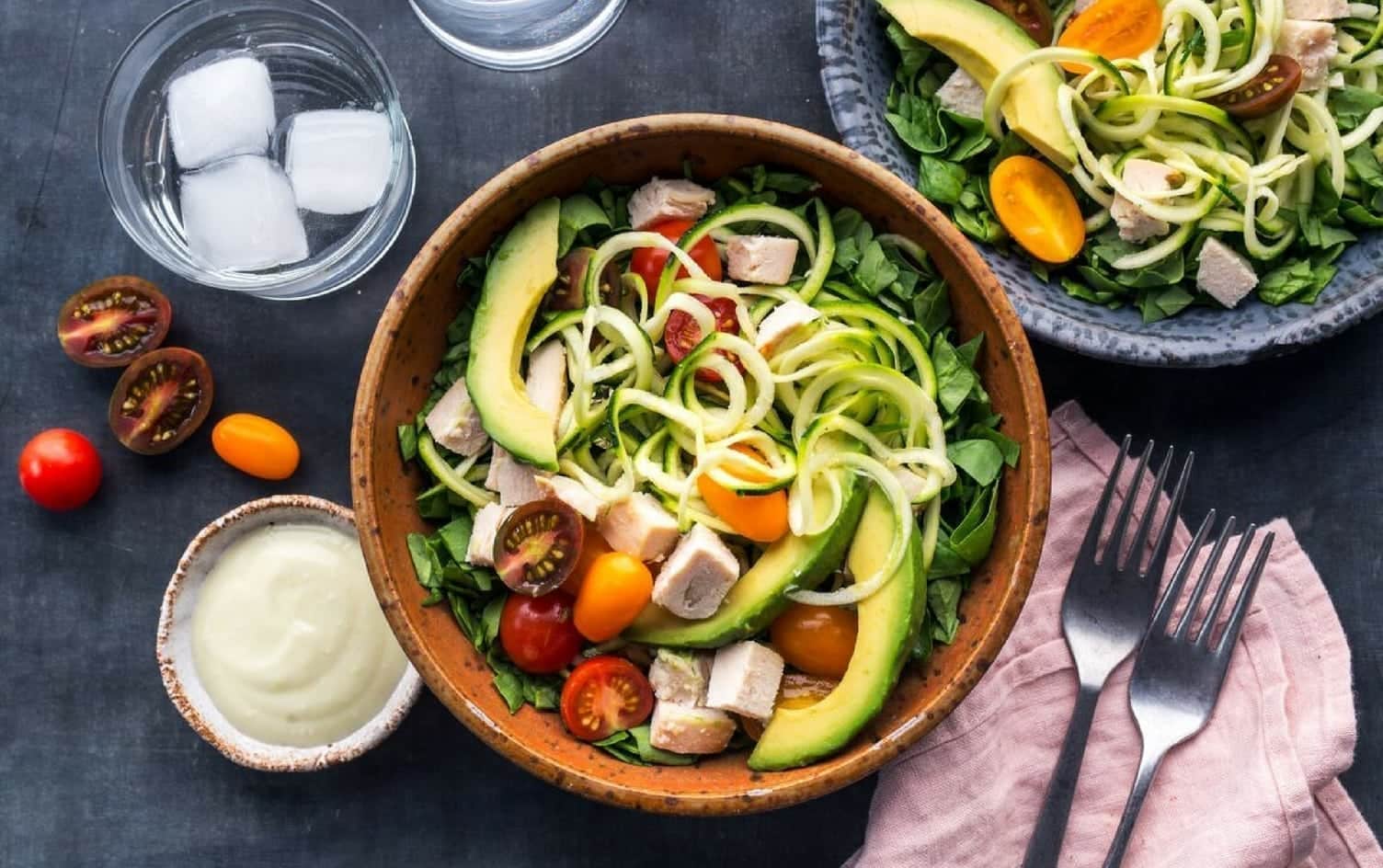
Named the best overall diet by U.S. News and World Report for eight consecutive years, the DASH diet tends to fly under the radar. Although there aren’t any celebrities endorsing the Dietary Approaches to Stop Hypertension Diet, many doctors and registered dietitians applaud it.
Developed by the National Institutes of Health, the diet is designed to prevent and lower high blood pressure and support heart health. But there may be other benefits — and some drawbacks — to the diet.
Here is what RDs want you to know before you give it a shot:
A meta analysis of 17 randomized controlled studies concluded that the diet lowers systolic blood pressure by 6.74 mmHg and diastolic blood pressure by 3.54 mmHg, and that following a low-calorie version of the diet lowers blood pressure even more.
“It wasn’t designed as a weight-loss program, but it can help you shed pounds and keep them off while managing blood glucose levels, improving HDL levels and reducing LDL levels,” says Elizabeth Ward, RD, author and blogger at betteristhenewperfect.com. “In doing so, the DASH diet reduces the risk for several chronic conditions, such as heart disease, Type 2 diabetes and stroke.”
The diet is light on lean meat, poultry and seafood, allowing for 6 ounces total per day, Ward notes. You can also have eggs (each egg counts as a 1-ounce serving of meat) and 2–3 servings of low-fat dairy.
In addition to the meat and dairy, “grains, legumes and nuts also offer protein,” says Ward, who estimates the DASH diet provides about 60 grams of protein for 2,000 calories. Talk to your doctor or a registered dietitian if you think you need more protein.
This guideline isn’t as daunting as it may seem. “Make a salad with at least 2 cups of vegetables for lunch and have 2 cups of roasted, stir-fried or steamed vegetables at dinner. To get your last serving, either make an omelet with vegetables in the morning or snack on a cup of vegetables like cucumber, celery and bell pepper sticks during the day,” suggests Nour Zibdeh, RDN, an integrative and functional dietitian who specializes in digestive and autoimmune disorders.
“Most people don’t eat enough whole grains, fruits, vegetables, nuts and legumes, foods rich in the nutrients that you need to support health on the DASH diet,” Ward says. These foods provide fiber, potassium and magnesium, which help control or prevent high blood pressure and also have other health benefits such as regulating blood and nerve functioning and supporting digestive health. The foods also provide a variety of other nutrients.
“The DASH diet is energizing because it helps keep your blood glucose level on a more even keel, and it doesn’t eliminate any of the food groups,” Ward says. When your blood sugar level is more like rolling hills than peaks and valleys, your energy is also more stable throughout the day.
“It’s not difficult to follow, but you may need to shop for food more often and cook more meals at home,” Ward says. You can find many recipes online to make yourself, which is your best bet. Eating out may be challenging, as many restaurant meals are loaded with sodium. Use herbs and spices to flavor foods since you need to cut back on salt.
Some people can’t tolerate the large amount of beans and grains the plan recommends, Zibdeh says. She recommends starting the plan slowly and noticing how your body reacts. If you currently don’t eat a lot of fiber — and most Americans don’t — your body may take some time to adjust.
Cooking is probably the hardest part of the DASH diet. Otherwise, it’s pretty unrestrictive, you don’t need to buy anything special to follow it and everyone in the house can enjoy it. “It will likely help the whole family support good health, and since it’s based on whole, lightly or unprocessed foods, it’s more of a long-term eating style rather than a diet,” Ward says. That means you’re more likely to stick with it.
The DASH diet is consistently ranked the best diet for a reason. “It’s balanced, realistic and flexible. It’s an eating plan that includes common, everyday foods that offer a multitude of benefits for all age groups. I have no reservations about the DASH Diet,” Ward says. However, if you have a hard time digesting grains, legumes and/or dairy, try the diet and see, Zibdeh adds. In those instances, it may not be best for you.




